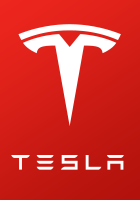Yes, by way of a concept called "survivorship bias". All the human left turns are recording using all the cameras, does not matter that the human can't look at all the data. Videos that end in a collision or near miss are excluded (all cameras are tied together as a set for a composite video, so there is no tossing part of a set and keeping the rest, if it's a crash or near miss you toss all camera data related to that crash or near miss*). The ones that remain are the survivor videos and those are the primary videos used to train the AI.
So the AI will use data from more than one camera, based on video from more than one camera, based on a driver that can only see one way at a time.
* When I say toss you mark it as a collision or near miss and don't use it for the training set you are trying to achieve. You might be able to use that video for some other task, it just won't be in the normal data set of behavior to reproduce.


